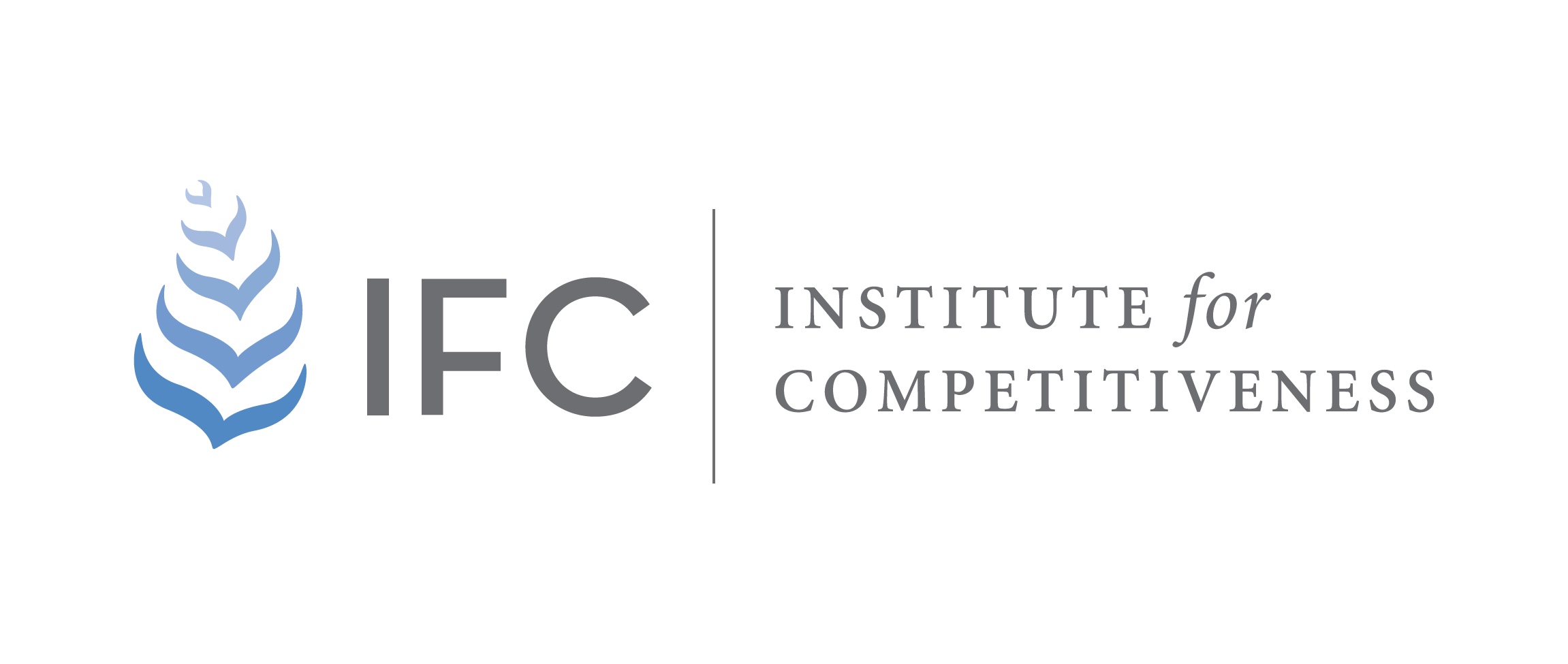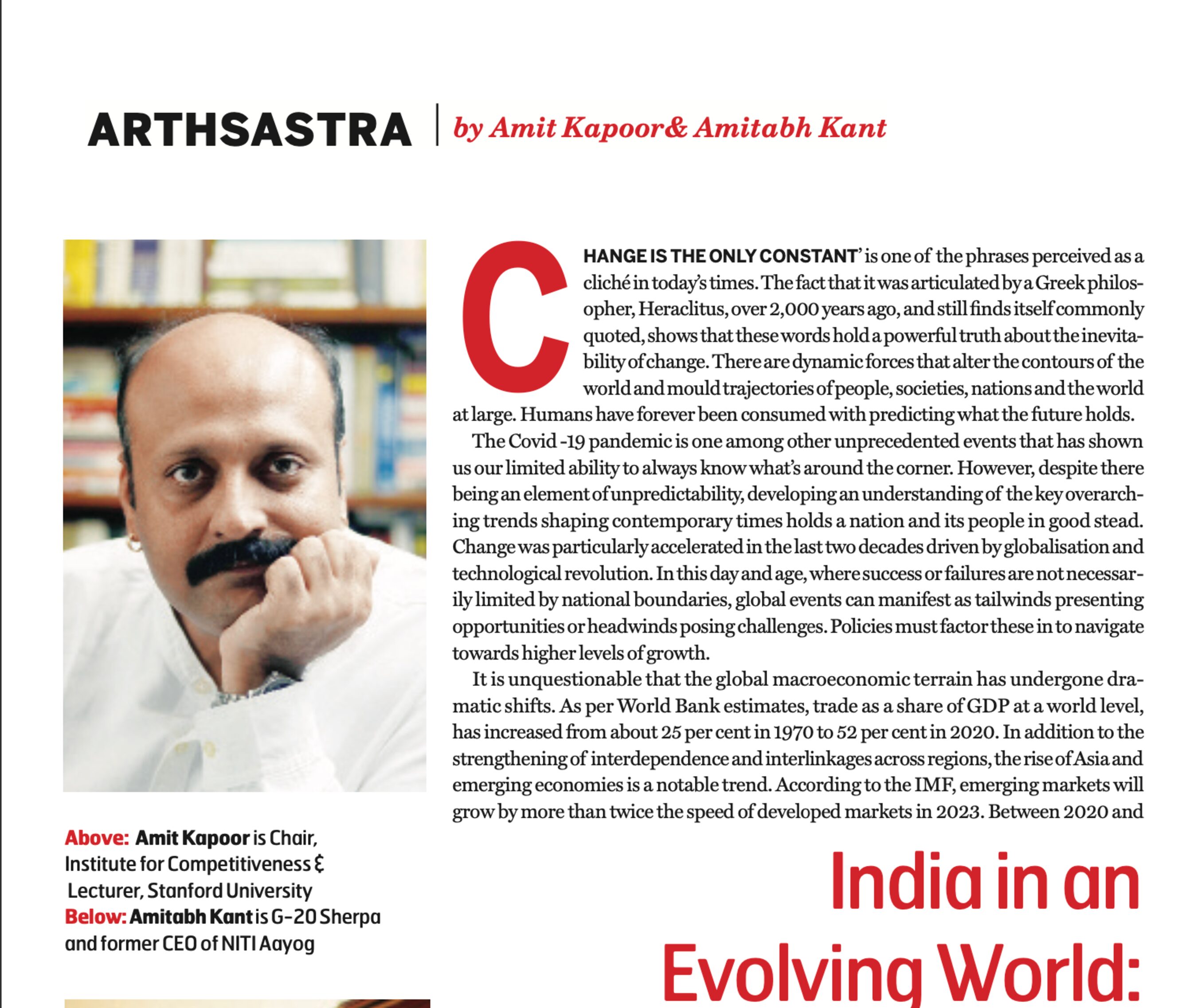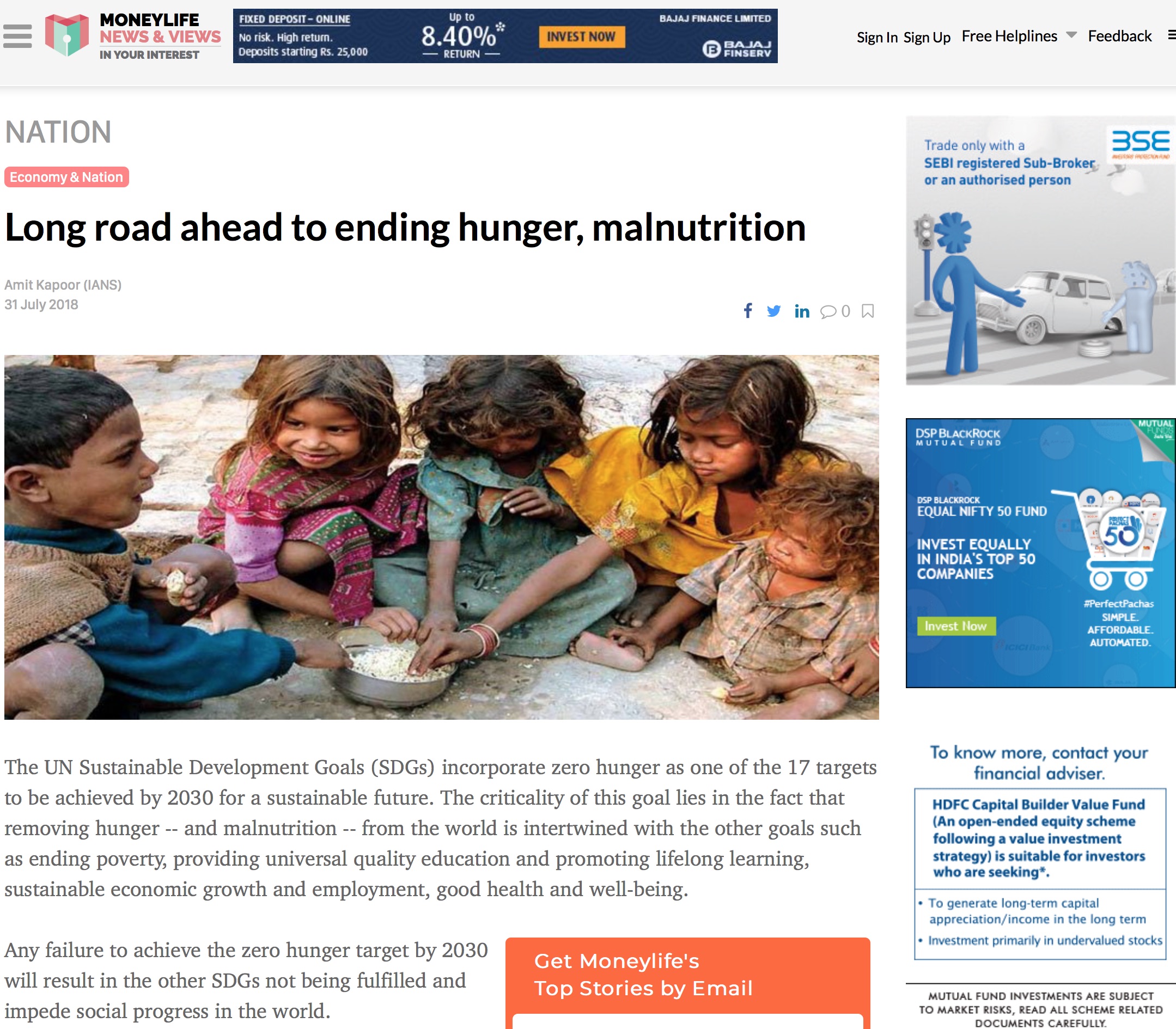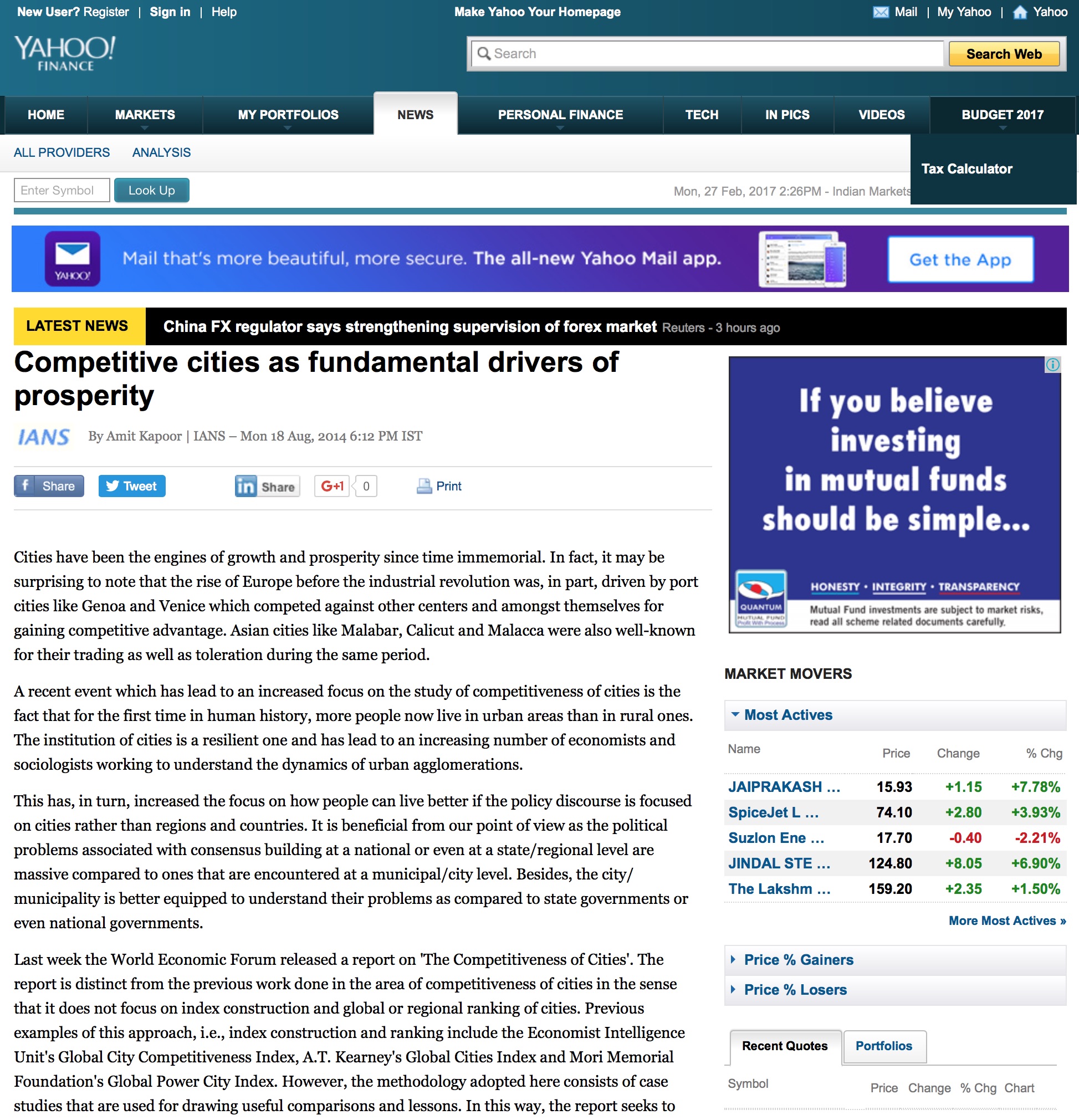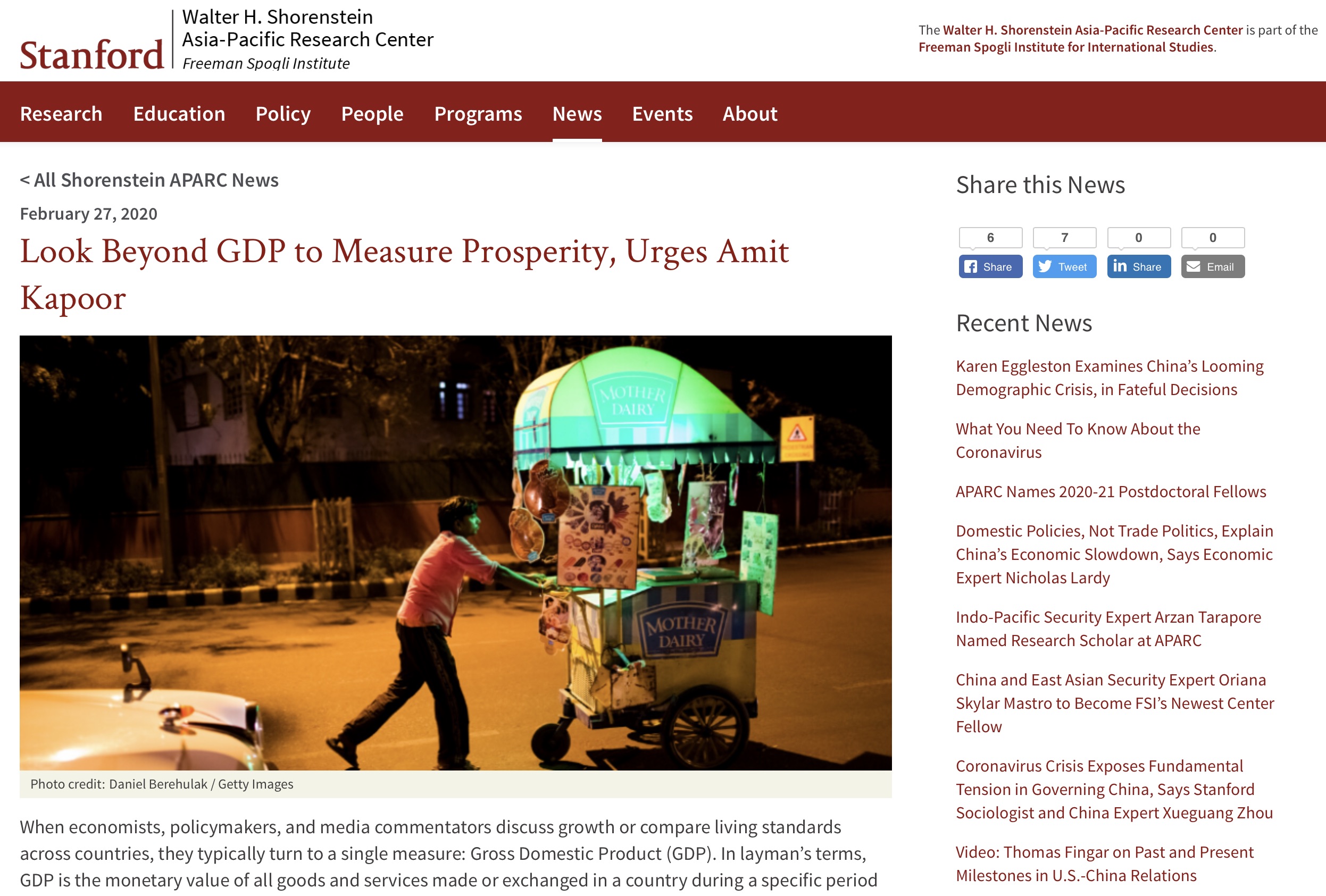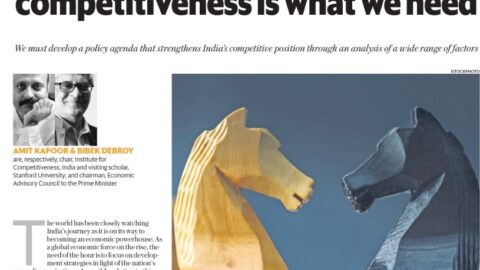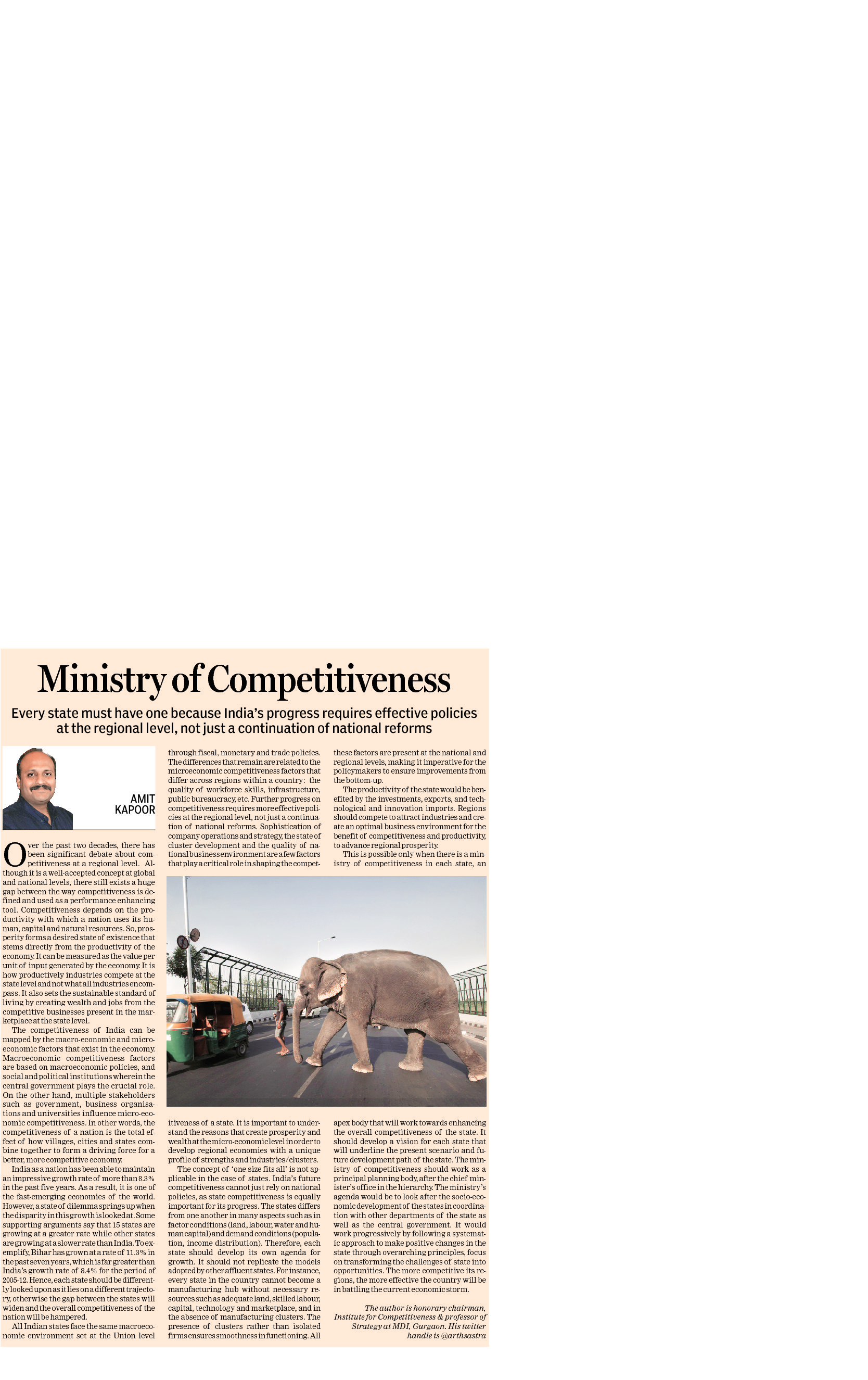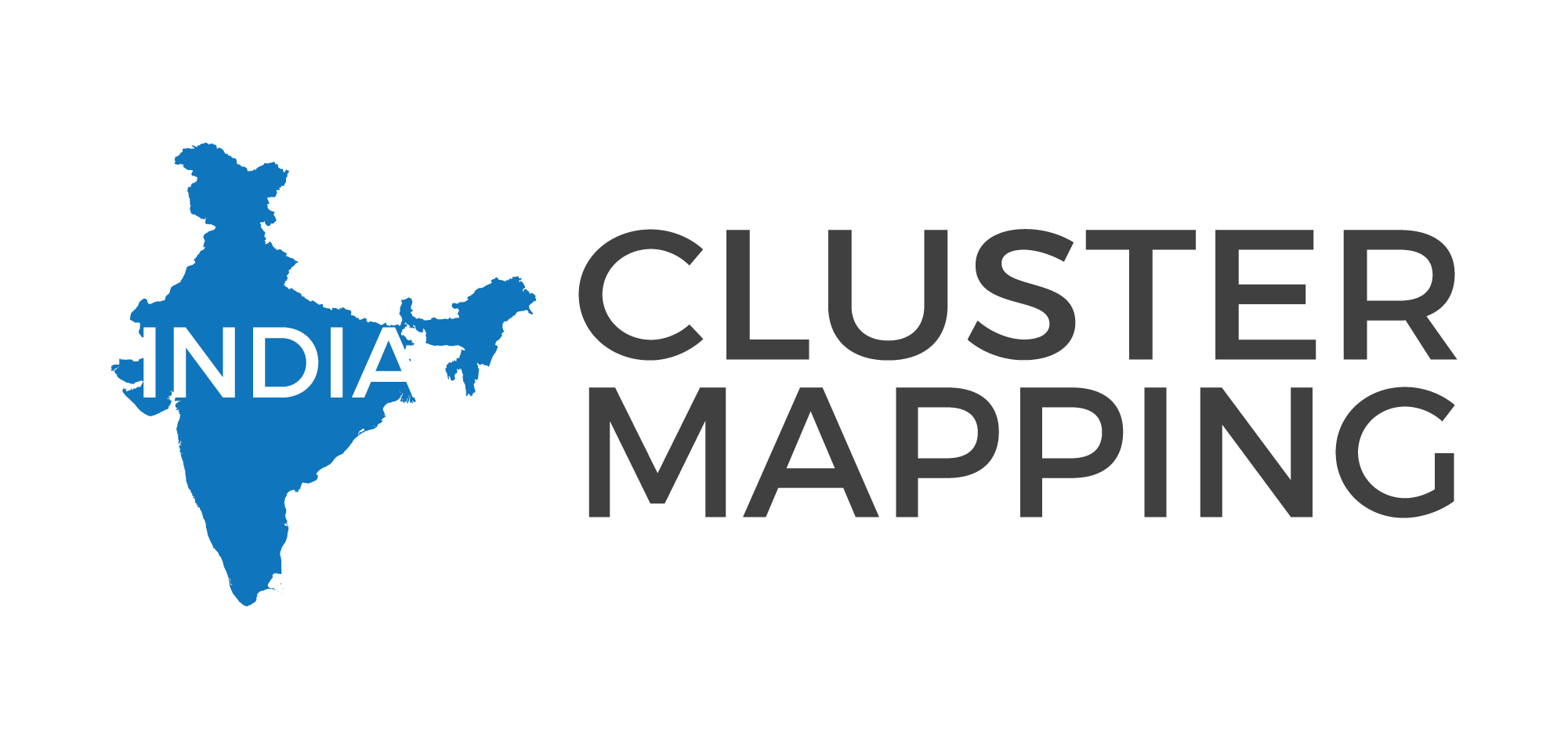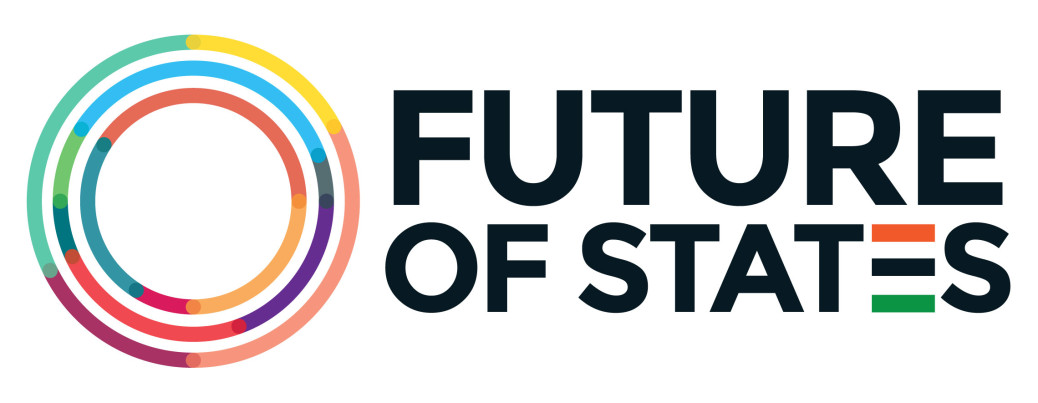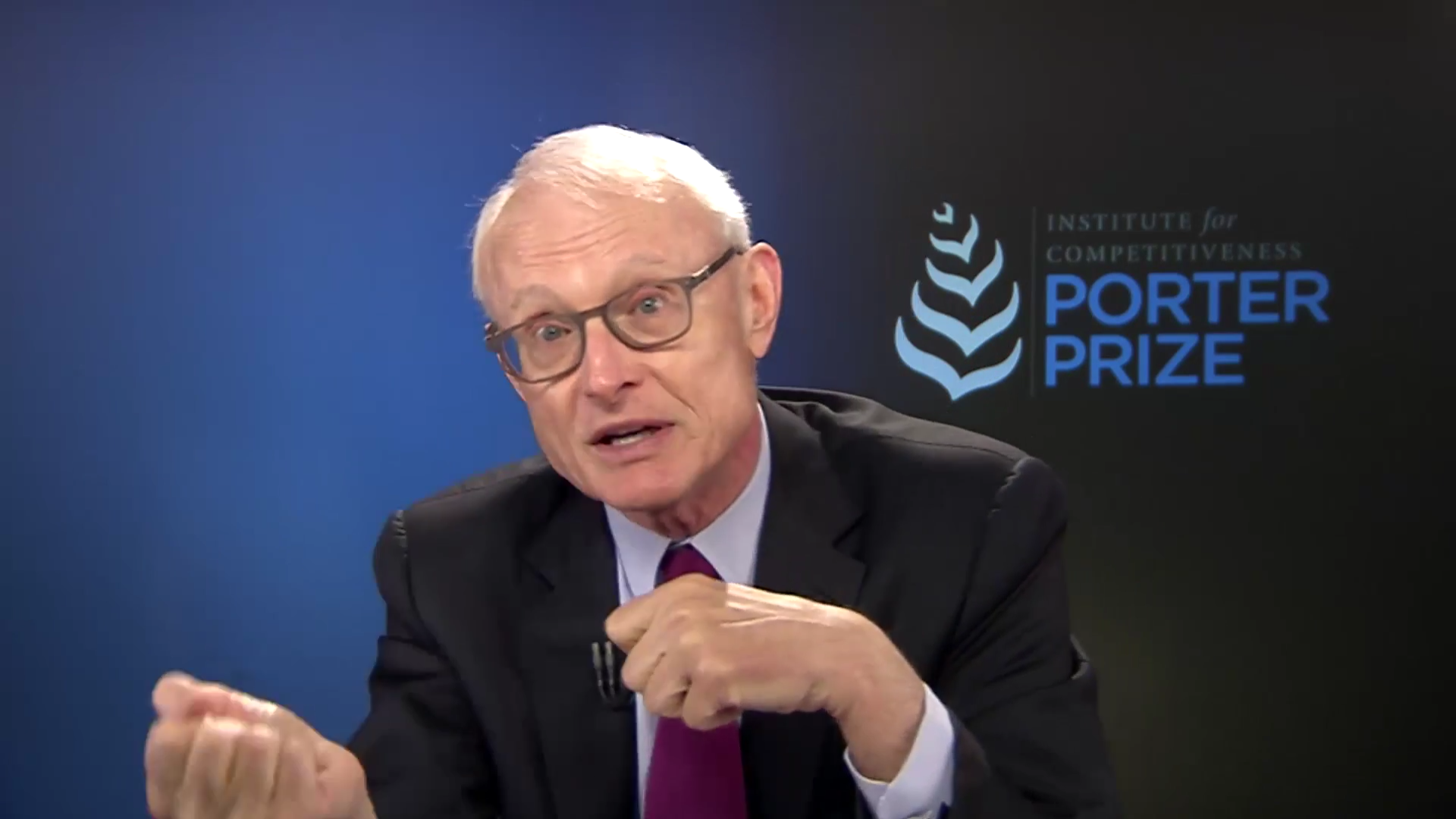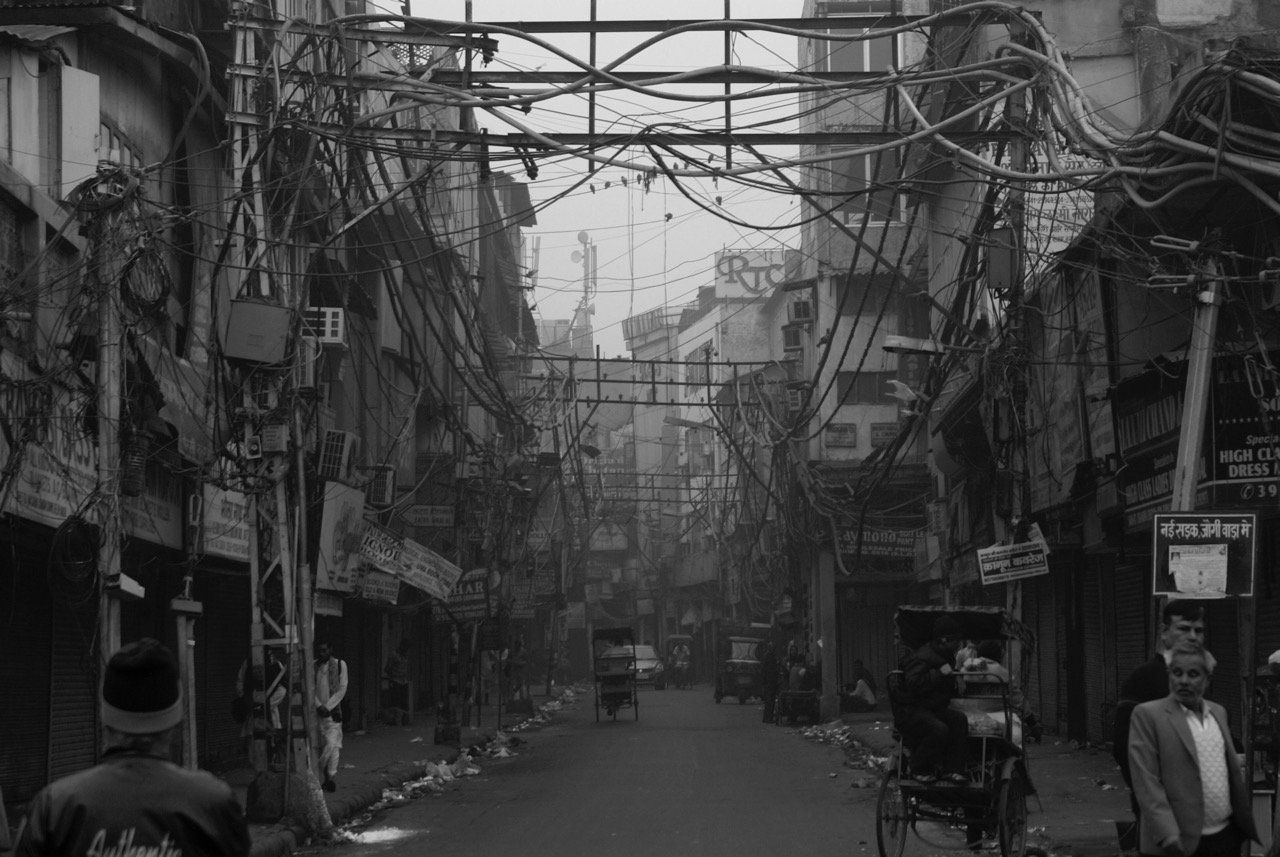by Amit Kapoor and Inputs from Mukul Anand
Over the past seven years, income inequality in India’s labour market has followed a nuanced trajectory. Analysing it through four interlinked lenses: GDP per capita, inequality measures (Gini and Theil), income distribution across thresholds, and employment-type composition using Periodic Labour Force Survey (PLFS) data, offers a comprehensive view of the evolving dynamics of India’s labour market.
Deploying income inequality measures, specifically the Gini and Theil indices, on the PLFS data for the seven years between 2017 and 2024 reveals that labour market income inequalities in India have remained a concern even though GDP per capita has increased. In this period, the Gini index, which was at 0.42 in 2017–18 and crept up to its peak of 0.43 in 2019–20, dipped marginally during the height of COVID-19 disruptions, before climbing again to 0.42 by 2023–24. The Theil index followed a similar pattern, peaking a year earlier at 0.34 in 2018–19, declining through 2021–22, and then rising back to 0.33 by 2023–24. These shifts underscore that even though GDP per capita rebounded from its pandemic trough of $1,907 in 2020–21 to $2,480.79 by 2023–24, the distribution of income gains has not been uniform, as signified by the level of income inequalities measured by Gini and Thiel Indices which have remained around the same levels.
The analysis of individual incomes of PLFS data categorised across four income thresholds: the top 1%, the top 10%, the bottom 50%, and the bottom 10% further substantiates income inequality trends in India’s Labour market. Median incomes increased from ₹102,000 in 2017–18 to ₹144,000 in 2023–24, growing at an annualized rate of 5.92 percent. Going beyond these aggregate numbers reveals unequal distribution of income: the earners in the top 1% income threshold saw their monthly threshold rise from ₹50,000 to ₹75,000 (a CAGR of 6.99%), while the incomes of the top 10% threshold rose from ₹25,000 to ₹32,000 at a 4.20% CAGR. In contrast, the bottom 50% income threshold experienced a relatively modest increase from ₹8,500 to ₹12,000 (5.92% CAGR), and the bottom 10% income threshold saw the relatively lowest growth from ₹3,200 to ₹3,900 (3.35% CAGR). As a result, the ratio of the top 1% income threshold to the bottom 50% income threshold widened from 5.89 in 2017-18 to 6.25 in 2023-24. Additionally, the ratio of the bottom 10% income threshold to the bottom 50% income, which was at 0.37 in 2017-18, further decreased to 0.33 in 2023-24. This signifies an income concentration among the higher earners of the economy and deepening disadvantage of the poorest segment of the labour market.
Compounding income distribution dynamics are changes in the composition of the workforce. Between 2017–18 and 2023–24, the share of workers in casual labour fell from 24.9 to 19.8%, yet casual workers’ share of total income remained almost unchanged: 11.63% in 2023-24 from 11.55% in 2017-18. Regular salaried employment saw a slight decline in worker share, from 22.8 to 21.7%, while contributing the largest slice of total income, 44.3 percent in 2023–24, down from 47.25%. Meanwhile, self-employment grew from 52.2% to 58.4% of workers, but its share was only 44.03% of aggregate income in 2023-24, up modestly from 41.2% in 2017-18. The income growth pattern with each employment category completes the whole picture of income inequality trends. Casual labourers enjoyed the highest overall income growth at 6.87% CAGR, with the lowest‑paid among them (first decile) growing fastest at 8.82% CAGR but earned the lowest among all income categories, ₹9,585 per month in 2023-24 (Regular Salaried earned ₹21,715 and Self-Employed earned ₹14,062 on an average in 2023-24). Regular salaried workers, by contrast, saw a steadier 4.77% CAGR increase, with lower deciles growing slightly faster than upper ones. Yet, income inequality within the regular salaried was the highest at 0.41 in 2023-24 as seen through applying the Gini Index (for casual labour and Self-Employment categories, the Gini Indices were 0.26 and 0.36, respectively, in 2023-24). Self-employment exhibited a troubling reversal for the poorest: the bottom two deciles saw incomes decline by 1.79% in the first decile and 1.93% in the second decile, even as the income of entire self-employment category grew at a CAGR of 4.55%, signifying a widening within-group divide. In totality, this signifies that more workers are entering predominantly lower-paid self-employment and fewer are in the higher-earning salaried category. This further skewed the overall income distribution, reinforcing the upward drift in inequality measures.
Thus, while overall economic growth resumed post-pandemic, as signified by the rising GDP per capita, its benefits have accrued disproportionately across the workforce, leading to disparities in individual income distribution. Changes in the workforce composition are shaping income dynamics in meaningful ways. While self-employment has grown, income gains have been uneven, particularly for those at the lower end. Casual labourers continue to see modest improvements but remain the lowest earners. Regular salaried workers benefit from more stable income growth, though disparities persist. These patterns suggest the need for nuanced policy responses that support more inclusive income growth across employment categories.
Expanding formal employment opportunities should be the foremost priority, as low wages, vulnerability to job loss, and lack of social protection are critical barriers to economic mobility, characterising informal employment. Expanding access to credit and skill development for marginalized entrepreneurs will mitigate income concentration, for which India needs to skill its workforce. As India’s young workforce grows more skilled, it will significantly aid India in gaining a competitive advantage over other countries, with the expansion of opportunities in the emerging sectors like semiconductor design and manufacturing, thereby increasing individual incomes. For this, India would require continued focus on upskilling, good quality education at all levels, and fostering large-scale innovation. However, this will necessitate policies that support small businesses, cooperatives, and microfinance institutions at the grassroots level.
Since ‘Labour’ is a subject included in the Concurrent List in the Seventh Schedule of the Constitution of India, it would need a concentrated effort at the level of the states. State-specific initiatives hold particular promise in addressing employability and wage disparities, especially given the continued dominance of low-productivity agriculture in India’s employment landscape. Addressing Agri-tech startups at the level of states can transform them. Growth in food processing, cold chains, and exports will improve farm incomes and rural demand, banking on the fact that India has an edge in organic, plant-based, and sustainable food exports. These pathways geared towards to better employment opportunities will ensure that rising prosperity lifts all segments of India’s diverse workforce.
The article was published with Economic Times Print on April 28, 2025.
